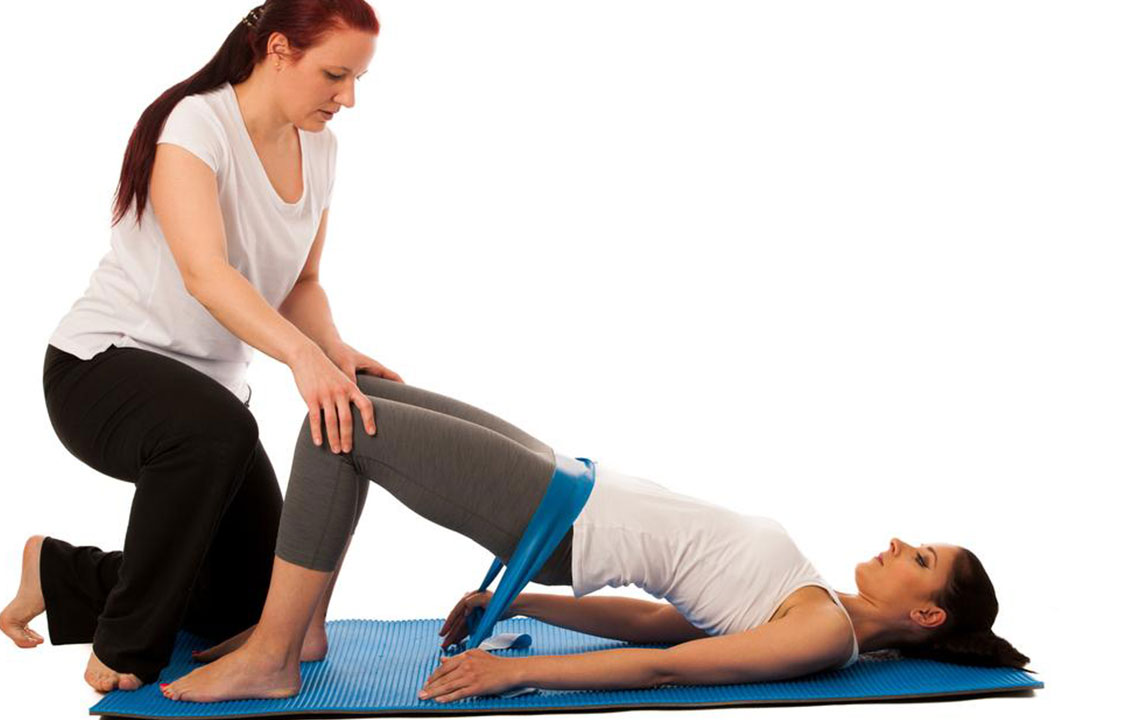Comprehensive Guide to Kegel Exercises for Urinary Incontinence Management
This comprehensive article explores how Kegel exercises can effectively help manage urinary incontinence. It provides detailed instructions on performing these exercises, explains their benefits, and discusses how they can improve pelvic health for both men and women. Regular practice of Kegel exercises can reduce urinary leakage, enhance bladder control, and promote overall pelvic wellness, making them an essential part of managing urinary incontinence and maintaining a healthy bladder. Whether for postpartum recovery, aging, or prostate health, Kegel exercises offer a safe, accessible, and effective solution.

Comprehensive Guide to Kegel Exercises for Urinary Incontinence Management
How Kegel exercises can effectively reduce urinary leakage
Kegel exercises are a highly effective and non-invasive way to strengthen the pelvic floor muscles, which play a crucial role in supporting the bladder and controlling urination. These exercises are particularly beneficial for individuals suffering from urinary incontinence, a condition that causes involuntary urine leakage. Urinary incontinence can significantly impact quality of life, affecting personal confidence, exercise routines, and daily activities. With consistent practice, Kegel exercises can improve bladder control and help restore confidence in managing bladder health.
Understanding urinary incontinence and how Kegel exercises help
Urinary incontinence manifests in several forms, including stress incontinence, urge incontinence, mixed incontinence, and overflow incontinence. Stress incontinence occurs when physical movements or activities—such as coughing, sneezing, or lifting heavy objects—put pressure on the bladder, leading to leakage. Urge incontinence involves a sudden, strong urge to urinate, which may result in involuntary leakage especially if no immediate bathroom is available. Kegel exercises work by strengthening the pelvic muscles, providing better support to the bladder and urethra, thereby improving urinary control. These exercises help prevent involuntary leakage, reduce the frequency of accidents, and improve overall bladder health.
Step-by-step guide on how to perform Kegel exercises
Kegel exercises are simple to perform and require no special equipment. They can be incorporated discreetly into your daily routine at home, work, or even while commuting.
Identify your pelvic muscles: To find the correct muscles, try stopping urination midstream. The muscles you use to do this are your pelvic floor muscles. Practice contracting these muscles without involving your thigh, buttocks, or abdominal muscles.
Perform the contractions: Contract your pelvic muscles gently and hold the contraction for 2-5 seconds initially. Then, relax completely. Aim to do 5-10 repetitions per session.
Gradually increase hold time and repetitions: As you gain strength, increase the hold duration to 10 seconds per contraction. Strive to perform at least 10 repetitions per session, three times daily, for optimal benefits.
Tips for effective Kegel exercises
Maintain consistent practice — consistency is key to seeing benefits.
Avoid using your abdominal, thigh, or buttock muscles during exercises.
Remember to breathe normally while contracting and relaxing your pelvic muscles.
Make sure to empty your bladder before performing exercises.
Be patient; it may take several weeks of regular practice to notice improvements.
The health benefits of regular Kegel exercises beyond urinary incontinence
Pelvic floor muscles tend to weaken over time due to various factors, including pregnancy, childbirth, menopause, aging, and certain surgical procedures. Strengthening these muscles through Kegel exercises not only helps manage urinary incontinence but also enhances overall pelvic health.
Engaging in regular Kegel routines can lead to improved support for pelvic organs, reducing the risk of pelvic organ prolapse. For women, these exercises can aid in postnatal recovery, improve sexual health, and increase pelvic stability. Men, especially those with prostate issues or after prostate surgery, can benefit from stronger pelvic muscles to improve urinary control and sexual function. Additionally, maintaining pelvic health is essential for aging individuals to prevent bladder and bowel problems. Discussing with a healthcare provider before starting a new exercise regime ensures tailored strategies for individual needs, especially in cases involving underlying health conditions.
In conclusion, Kegel exercises are a simple yet powerful tool for managing urinary incontinence and promoting overall pelvic wellness. With regular practice and proper technique, individuals can regain control over their bladder, enhance their quality of life, and prevent future pelvic health issues. It's advisable to incorporate these exercises into your daily routine and seek professional guidance if needed for personalized advice and progression strategies.





